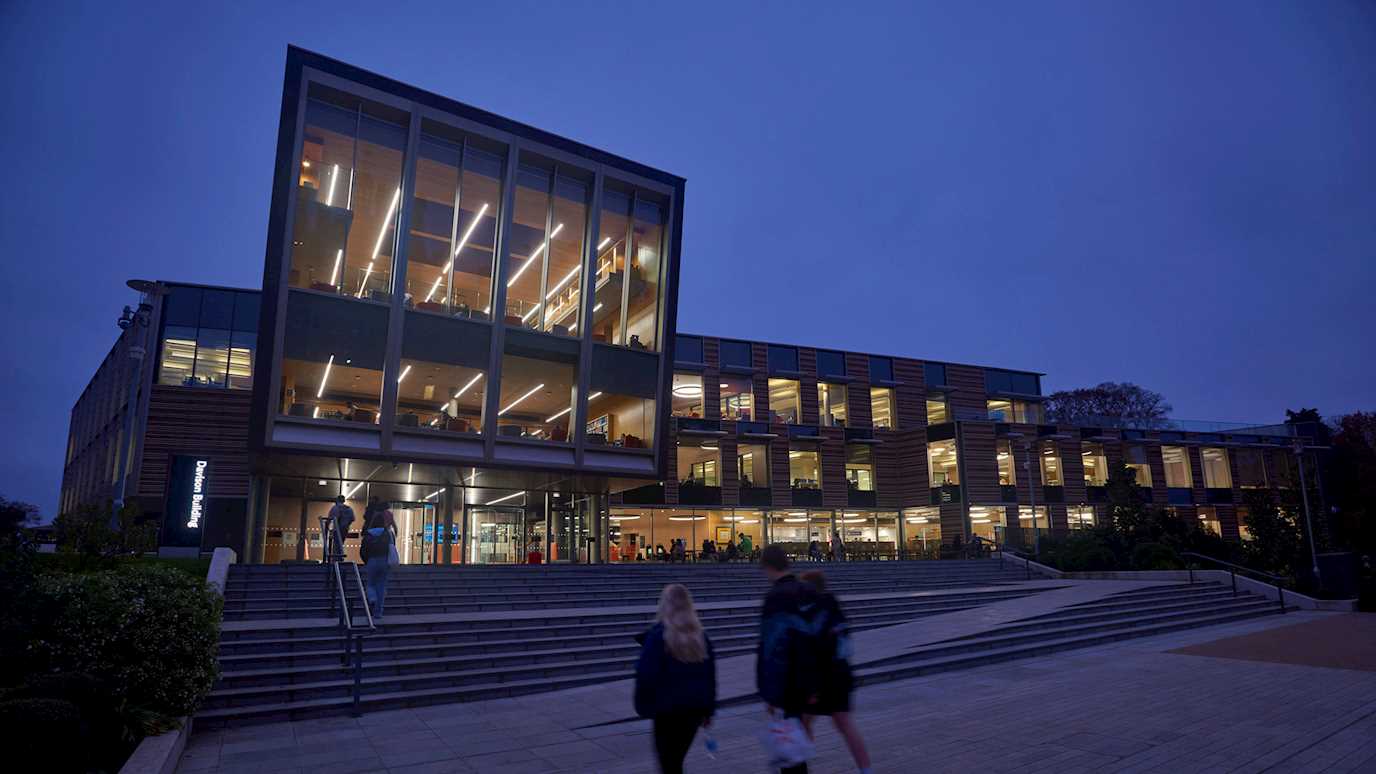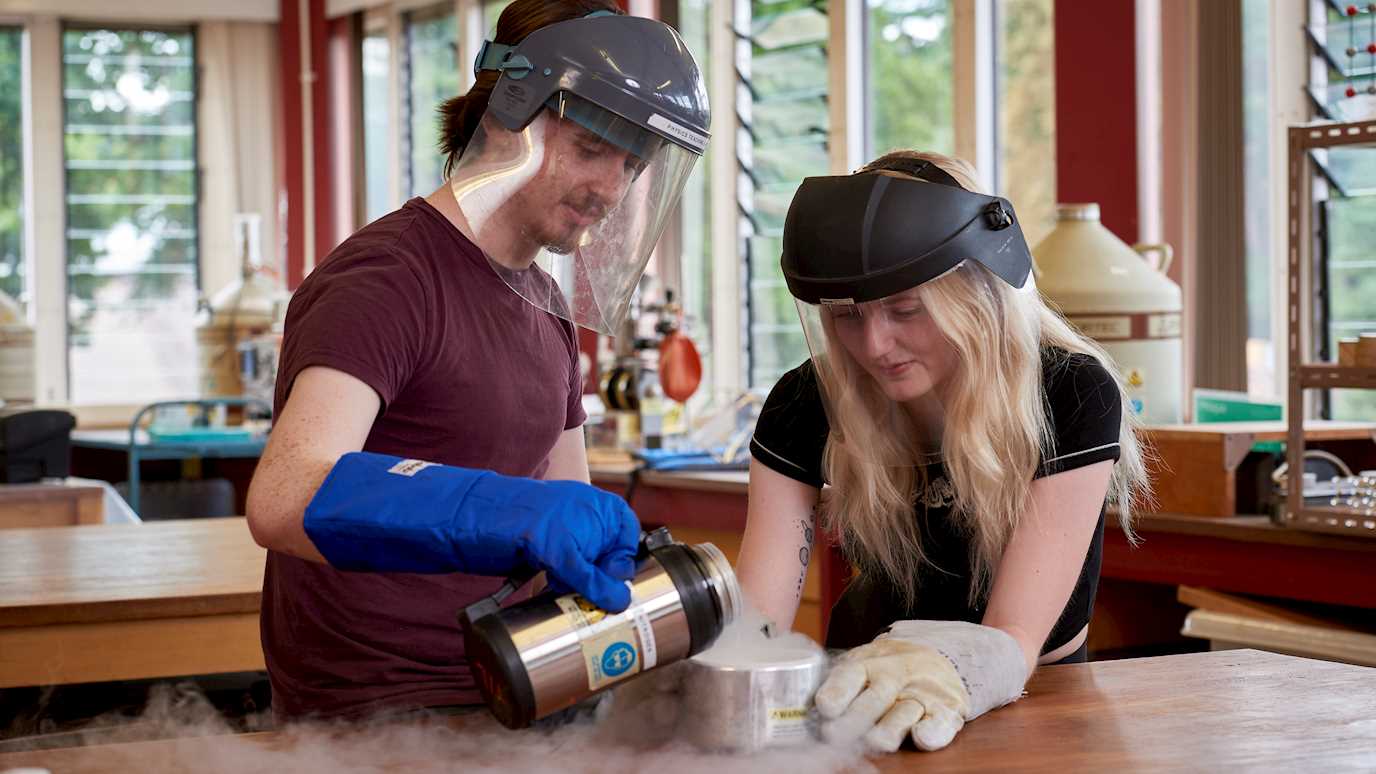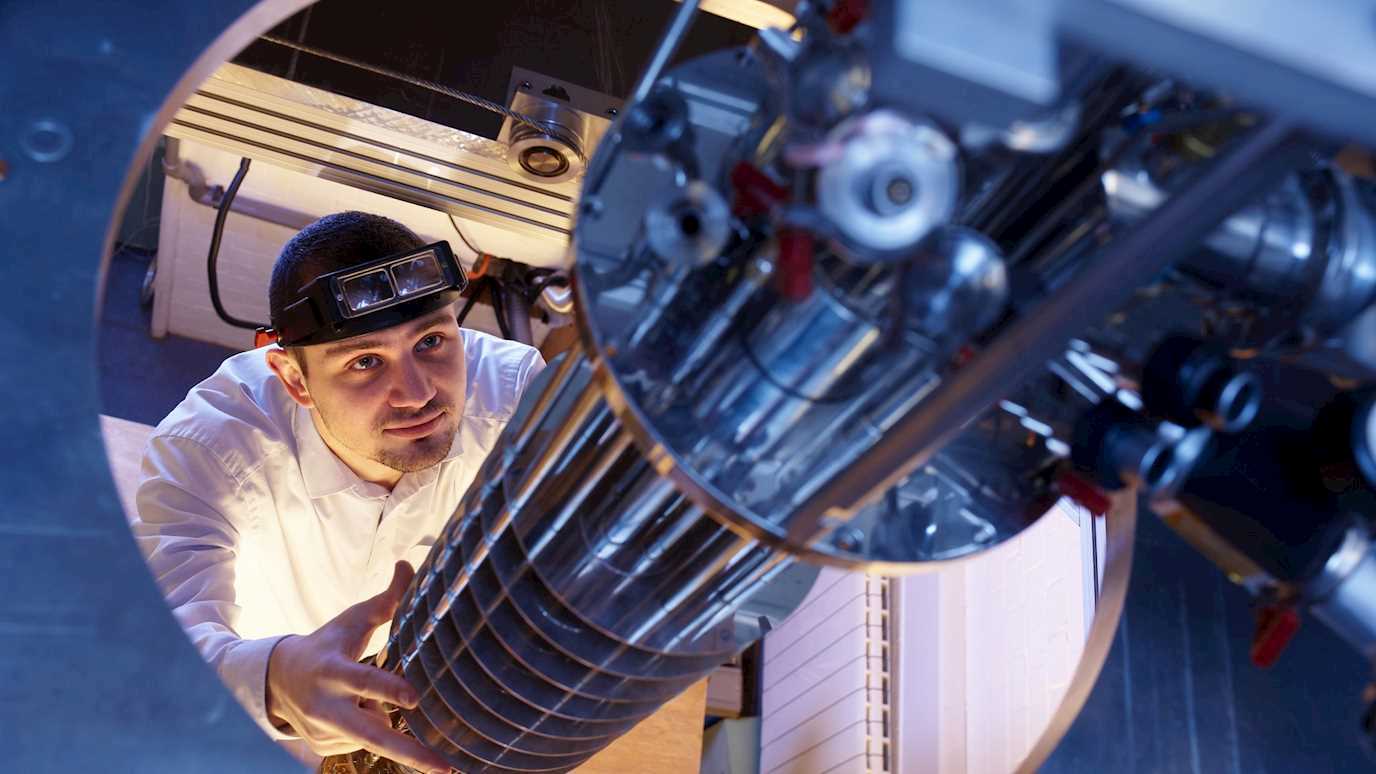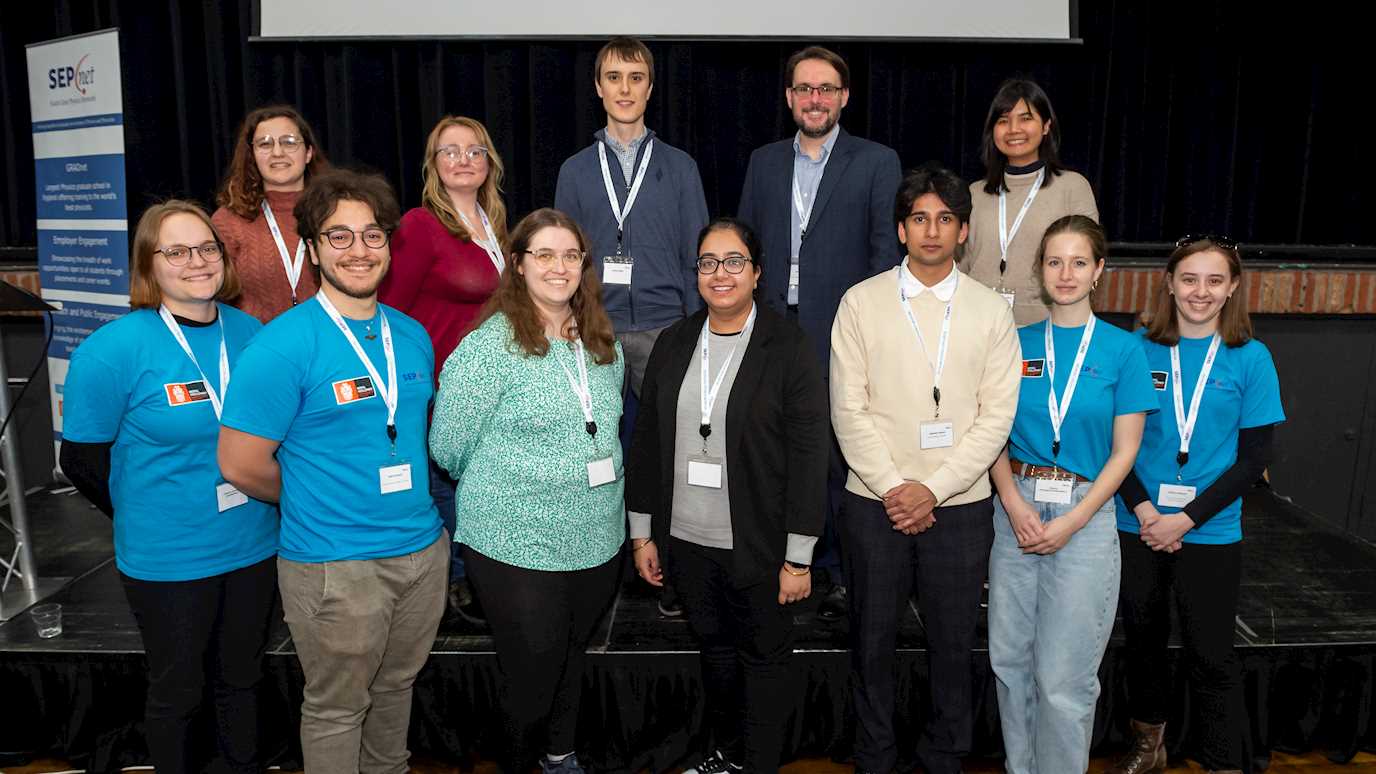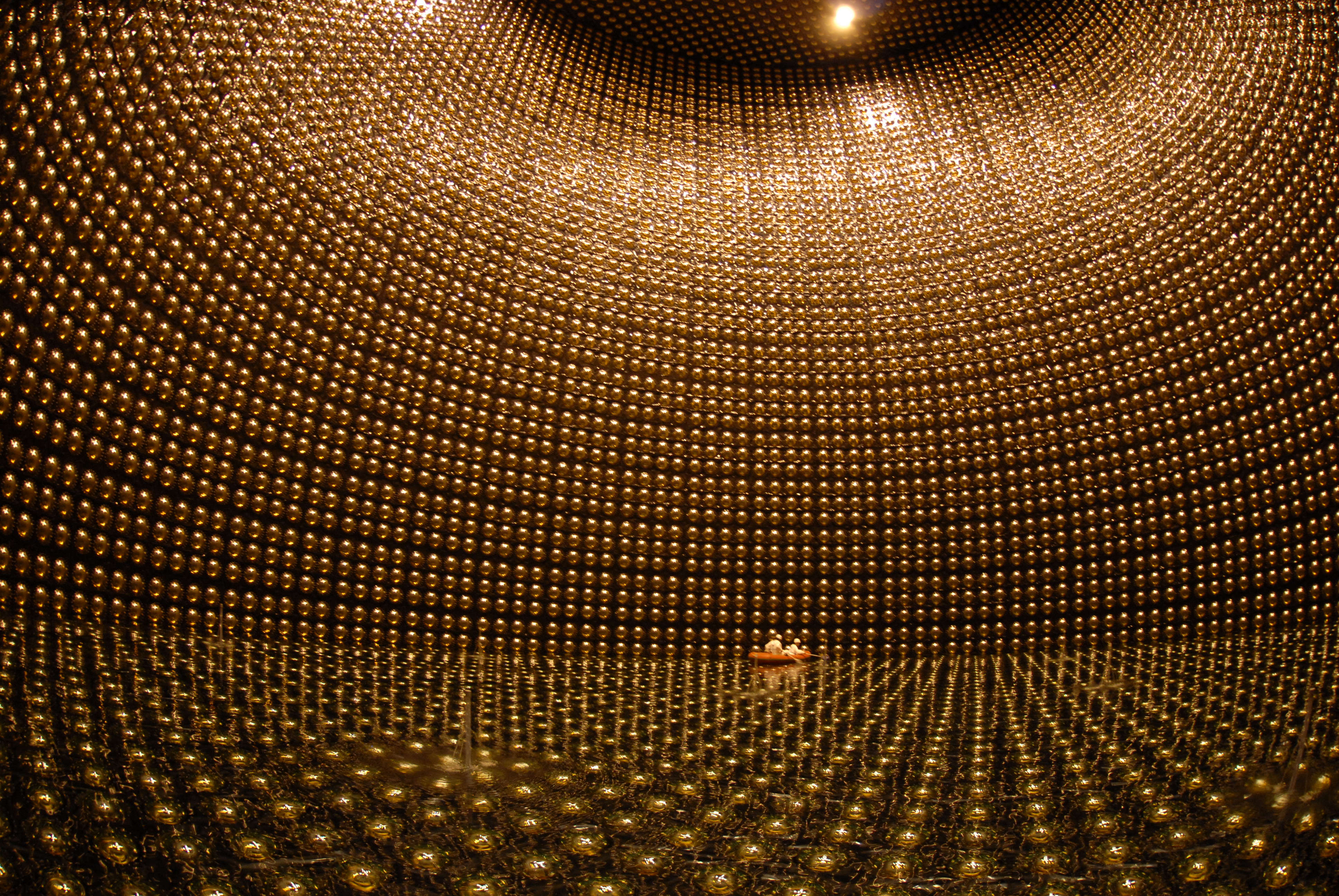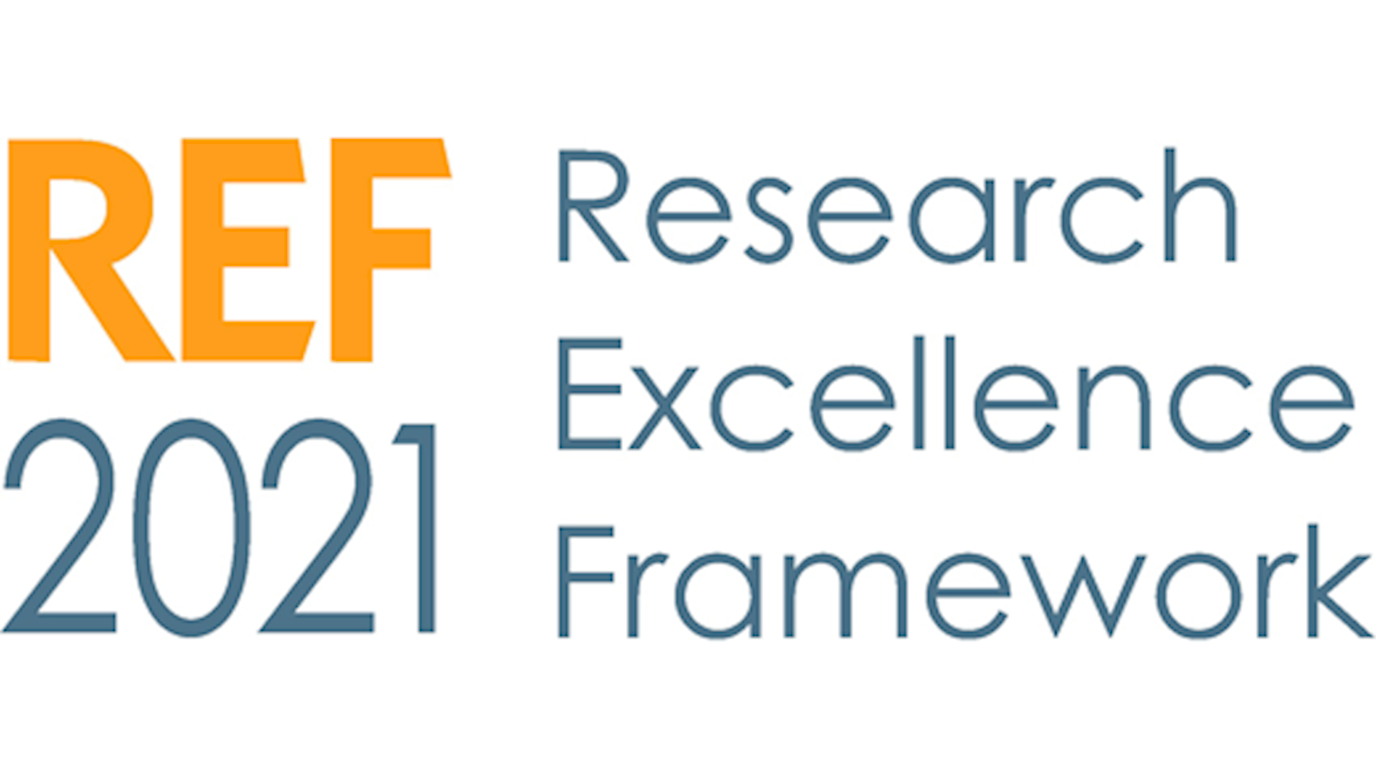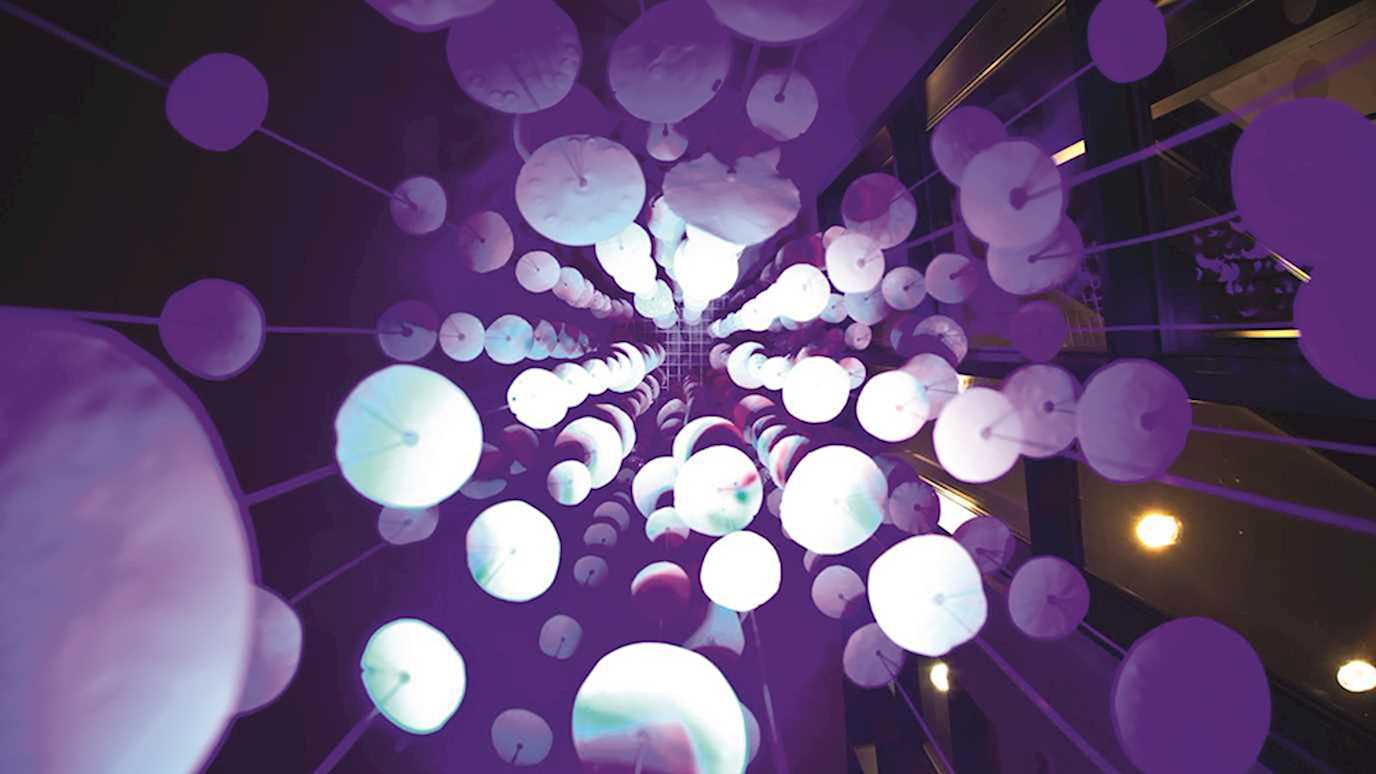Royal Holloway physicists contribute to new discovery revealing how black holes grow through repeated cosmic mergers.
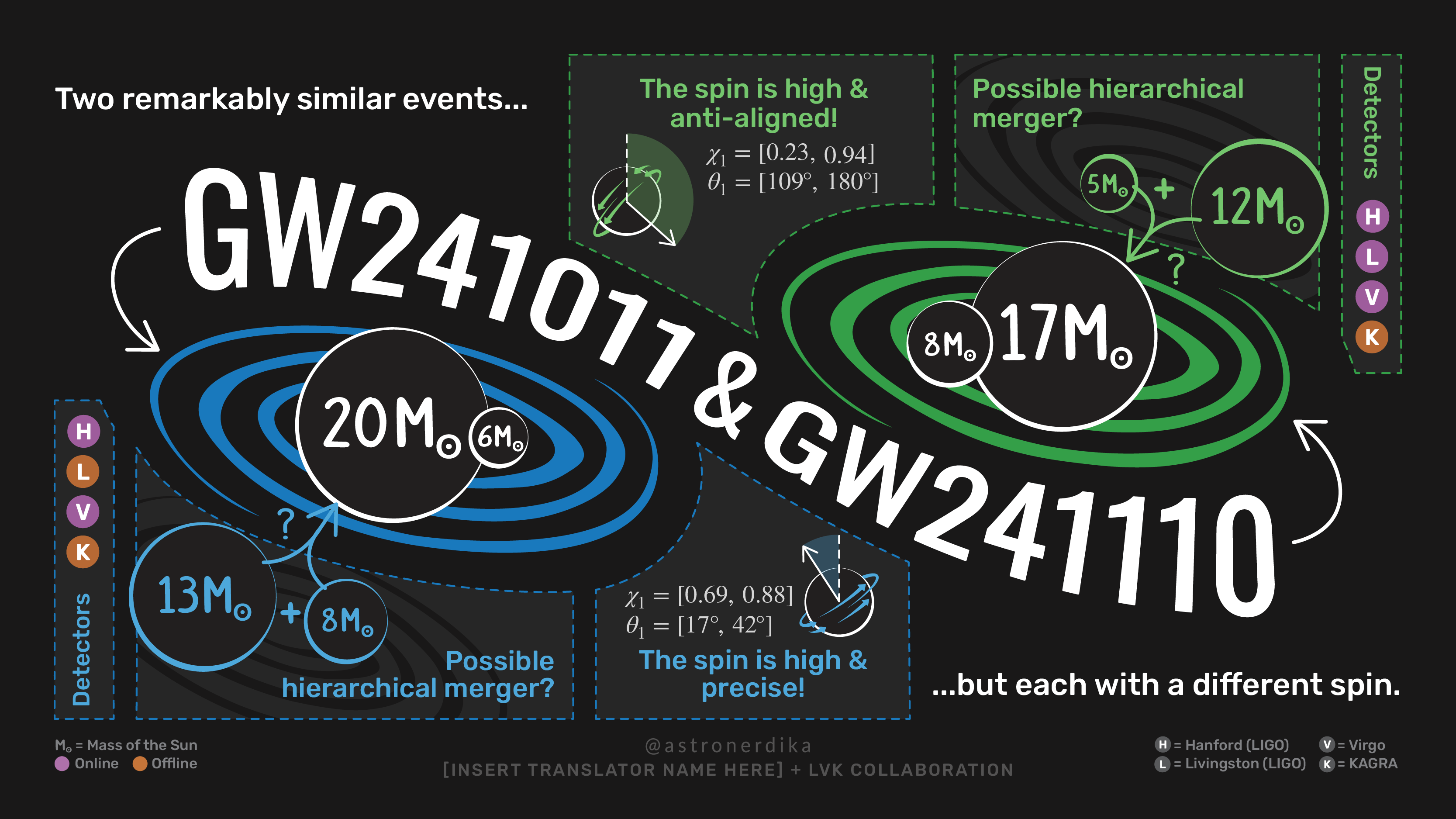
Information sheet of the gravitational wave detections GW241011 and GW241110.
Researchers from Royal Holloway, University of London have helped uncover new clues about how black holes form and evolve, through the study of two remarkable cosmic collisions detected just one month apart.
The research, published in The Astrophysical Journal Letters, reports the detection of two gravitational-wave events — ripples in space-time produced when black holes collide — by the international LIGO–Virgo–KAGRA Collaboration.
The study, “GW241011 and GW241110: Exploring Binary Formation and Fundamental Physics with Asymmetric, High-spin Black Hole Coalescences,” reveals that both events involved unusually fast-spinning black holes, providing new insights into their origins and offering one of the most precise tests to date of Einstein’s theory of general relativity.
Royal Holloway's PhD student Mattia Emma, and Dr Greg Ashton were among the authors of the paper.
“It has been incredibly exciting to analyse these two extraordinary events,” said Mattia Emma. “Their unique properties are helping us understand not only how black holes form, but also how the laws of physics behave under the most extreme conditions imaginable.”
The first merger, detected in October 2024, involved one of the fastest-spinning black holes ever observed. The second, seen a month later, showed a black hole spinning in the opposite direction to its orbit — a first in gravitational-wave astronomy. Together, these discoveries suggest that some black holes may have formed from earlier black hole mergers, hinting at a complex and dynamic cosmic environment. This work highlights the growing power of gravitational-wave astronomy to explore the Universe’s most extreme phenomena and to test fundamental physics with unprecedented precision.
Publication:
GW241011 and GW241110: Exploring Binary Formation and Fundamental Physics with Asymmetric, High-spin Black Hole Coalescences,
The Astrophysical Journal Letters (2025). DOI: 10.3847/2041-8213/ae0d54



